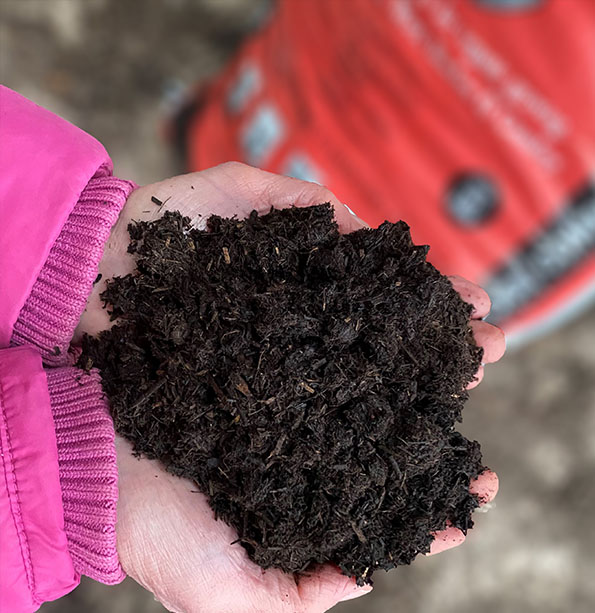
Growing a lawn from seed is extremely popular and should be done between March and September. For your seed needs take a look at our Premium Lawn Seed Mix. Here are some handy tips to grow a lawn from seed.

Prepare the ground to grow a lawn from seed
Start by removing any old turf. Dig the area over, removing any weeds and large stones. You may wish at this point to add organic matter, like our worm castings. This will help to enrich the soil, so your seeds have all the nutrients they need to thrive.
Rake it over ensuring the lumps are broken down. You will then need to tread the ground. Repeat this process until you have an even area with no bumps or hollows and are happy with the ground.
Just like preparing any seedbed, rake it over one last time to a fine tilth.
Sowing
There are two main methods for seeding. Always remember to read the seed packet before starting to ensure you know how much seed should be used in an area.
Sowing by hand
The first method that is best for a small area is sowing by hand. You may wish to measure out and mark each 1m square with canes or string. This can help to ensure you are putting the right amount in each meter square.
Try measuring out what you need for a meter square into a cup and using this as your guide to preventing having to keep measuring. Sprinkle the seed over the area, one way and then the other to ensure even coverage.
Sowing with a fertiliser spreader
If you are planning to seed a large area you may wish to look at a fertiliser spreader. These handy machines will make the process much quicker, and you should get an even spread when used correctly.
Simply follow the instructions on the spreader and seed packet. Ensuring you are putting the right amount in for your area, and you continue to move and not allow too much to drop in one place.
After sowing
You want the seed to be amongst the soil. Do this by raking the seeds in after sowing, then firm down by foot. Then give the area a light watering; you want to continue to water your seeded area for six weeks unless rain has fallen.
And that is all there is to grow a lawn from seed
We hope this helped with how to grow a lawn from seed; should you have any other questions regarding the sowing of a lawn we are always here to help.






